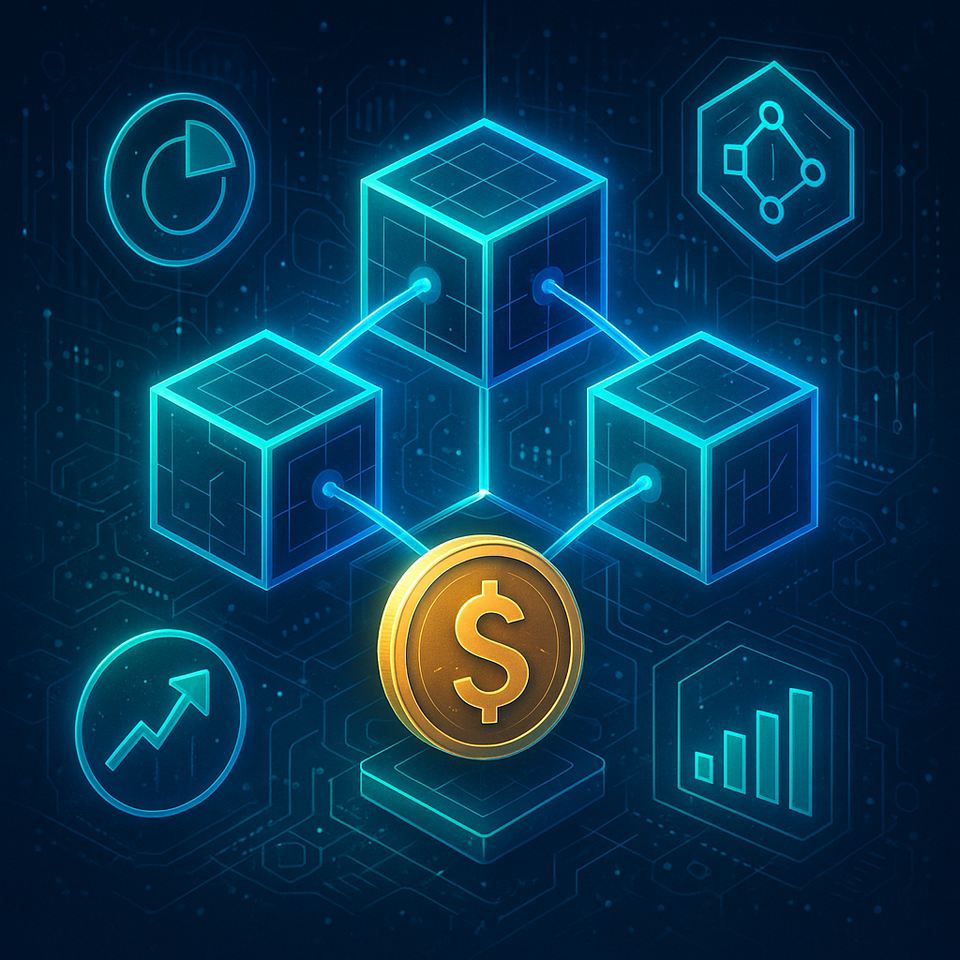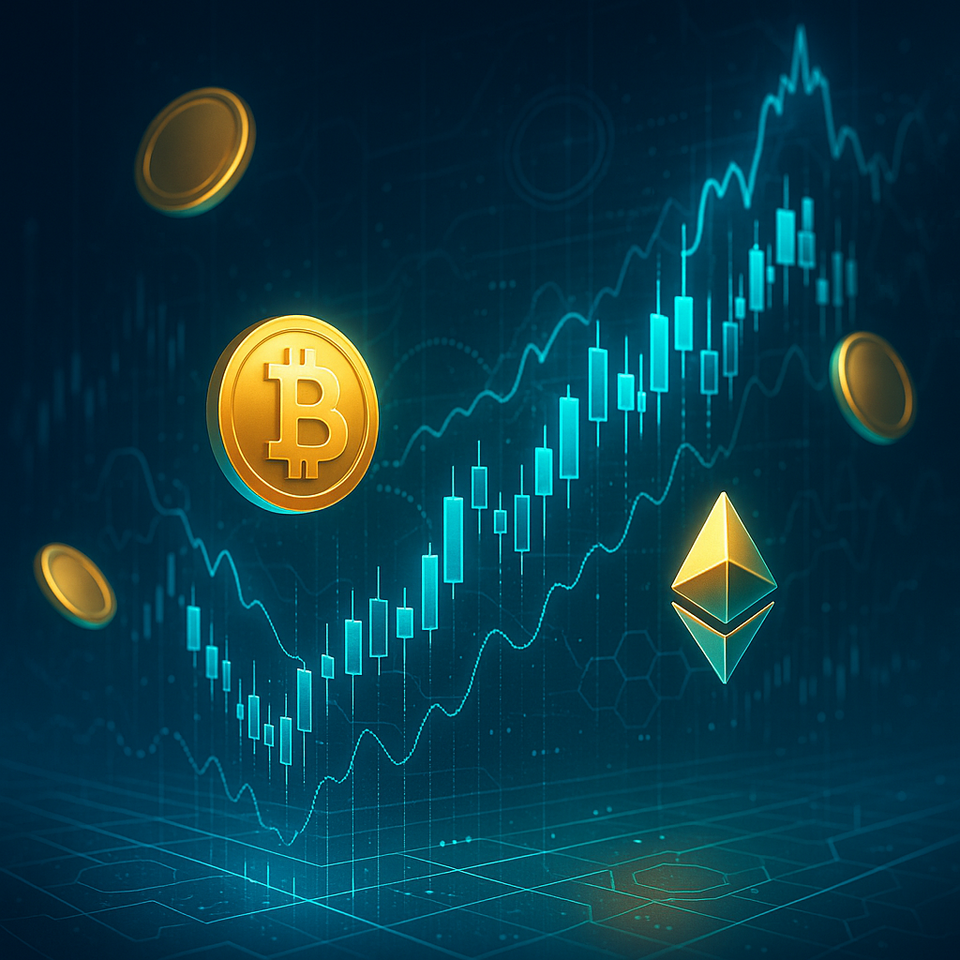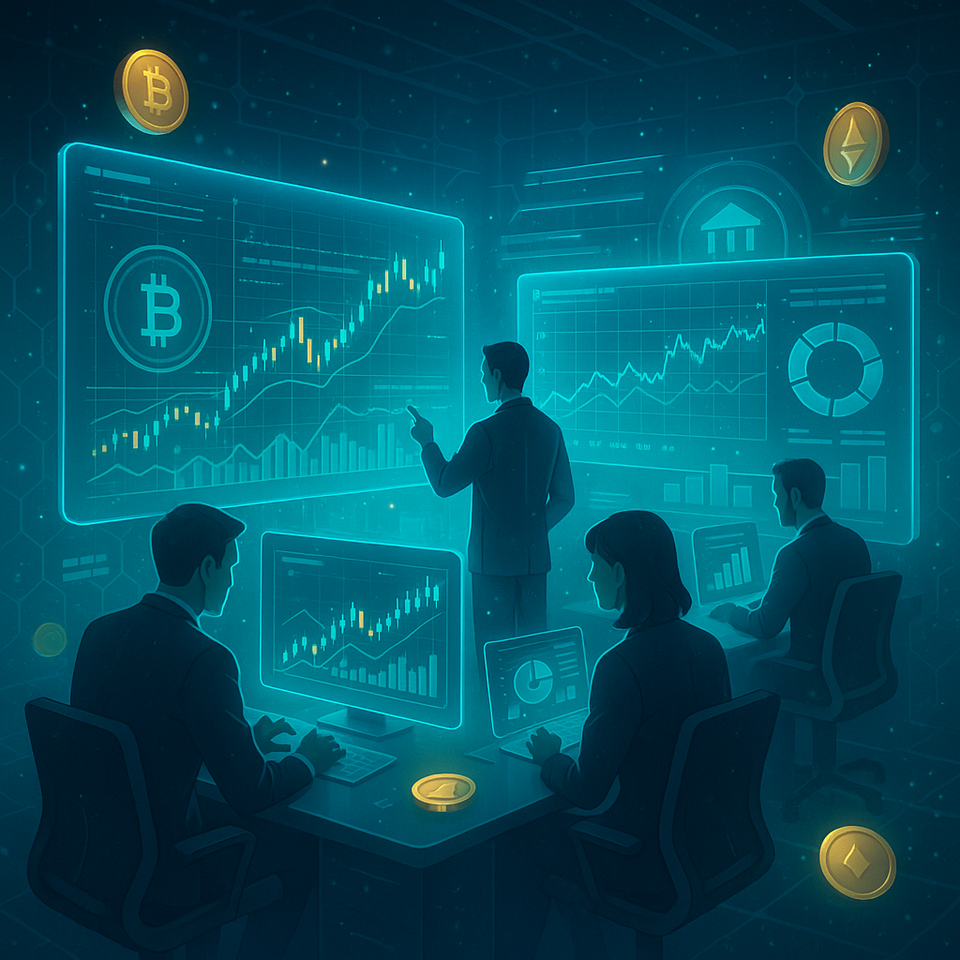
Decentralized Finance, or DeFi, represents a major turning point in the financial world. It uses blockchain and smart contracts to replace traditional intermediaries, enabling direct peer-to-peer financial transactions. As a result, people around the globe can access transparent and inclusive financial systems without depending on banks or brokers.
The movement began on the Ethereum blockchain but quickly spread across other networks like Binance Smart Chain, Solana, and Avalanche. These ecosystems allow developers to create decentralized applications (dApps) that anyone can use without permission. Over time, DeFi has evolved from small experiments into a vast ecosystem that includes lending, trading, insurance, and automated investment tools.
Key Mechanisms and Technologies Behind DeFi
At its core, DeFi runs on blockchain infrastructure that ensures transparency, immutability, and security. Smart contracts automate agreements and enforce rules without human intermediaries. For example, a lending protocol can instantly match borrowers and lenders while guaranteeing that collateral and repayments are handled securely on-chain.
Decentralized exchanges (DEXs) like Uniswap and Curve allow users to trade tokens directly from their wallets. Instead of using order books, these platforms rely on Automated Market Makers (AMMs) that use mathematical formulas to determine prices. Liquidity pools supply the funds needed for trades and reward contributors with fees and incentives.
Oracles, such as Chainlink, connect blockchain systems to real-world data. They deliver reliable information like asset prices or interest rates, ensuring DeFi applications execute accurately. Wallets like MetaMask and Ledger act as personal gateways to this ecosystem, allowing users to interact directly with protocols while maintaining full control of their assets.
For technical background, visit Ethereum’s documentation or Chainlink’s oracle overview.
Principal Applications and Use Cases
DeFi offers a broad range of applications that mirror and expand traditional financial services. Lending and borrowing platforms such as Aave and Compound let users earn interest or access liquidity by locking up assets as collateral.
Stablecoins — like DAI, USDC, and USDT — are essential to the ecosystem. They provide price stability by pegging their value to fiat currencies and reduce volatility in day-to-day transactions.
DEXs enable token swaps without intermediaries, while yield farming and liquidity mining encourage users to provide liquidity in exchange for rewards. Synthetic asset platforms such as Synthetix let users gain exposure to traditional assets like stocks or commodities without leaving the blockchain. Insurance protocols like Nexus Mutual protect users from smart contract failures.
In governance, Decentralized Autonomous Organizations (DAOs) give token holders voting power over major decisions, reinforcing DeFi’s commitment to open participation.
For real-time analytics, explore DeFi Pulse.
Advantages and Innovations Offered by DeFi
The most striking advantage of DeFi is its transparency. Every rule, transaction, and record is visible on the blockchain, eliminating hidden fees and increasing trust. Because anyone can access DeFi services with an internet connection, barriers to entry are dramatically lower.
Composability — often called “money legos” — allows developers to stack different DeFi protocols to build complex financial products quickly. This modular design accelerates innovation and makes it easy to integrate new features.
Another key innovation is programmable money. Financial logic can be written directly into tokens, enabling automation of loans, insurance, and investment strategies. The open-source nature of most DeFi projects also fuels collaboration, competition, and rapid experimentation.
DeFi operates globally and around the clock. This borderless reach ensures liquidity is always available and transactions settle within minutes — a pace traditional financial institutions struggle to match.
Risks and Security Considerations in DeFi
DeFi’s growth brings both opportunity and risk. Smart contract bugs and exploits remain major threats. High-profile incidents, such as The DAO and Poly Network hacks, exposed vulnerabilities in poorly audited code. Because smart contracts are immutable, even minor errors can result in permanent losses.
The interconnected nature of protocols creates another challenge. When one platform fails, it can trigger a chain reaction across others. Users also face the burden of managing their private keys; losing access means losing funds permanently. Phishing scams and fake websites continue to target less experienced participants.
Oracles, essential for external data, can also become attack vectors. Manipulated data feeds can cause large-scale protocol failures or unfair liquidations. Market manipulation, flash loan attacks, and rug pulls illustrate how innovative systems can still be exploited by bad actors.
Liquidity shocks pose systemic risk. If capital is suddenly withdrawn from a protocol, prices can slip sharply, destabilizing the entire ecosystem.
To explore safe practices, check OpenZeppelin’s blockchain security resources.
Regulation and Compliance Dynamics
Regulators are still learning how to oversee decentralized systems that operate without a central authority. Current AML (Anti-Money Laundering) and KYC (Know Your Customer) frameworks often fail to fit the DeFi model.
Some countries target intermediaries like stablecoin issuers or onramps that convert fiat to crypto. The United States focuses on applying securities and consumer protection laws to DeFi where applicable. Meanwhile, the European Union’s MiCA framework seeks to unify rules for issuers and service providers.
The Financial Action Task Force (FATF) now sets international standards for virtual asset service providers. These evolving regulations will influence how developers build protocols — possibly requiring integrated compliance tools like whitelisted addresses or identity attestations.
Stay informed with FATF and SEC FinHub.
Economic, Social, and Market Implications
DeFi is not only a technological innovation but also a social and economic experiment. It removes intermediaries and reduces transaction costs, expanding access to capital for individuals in underbanked regions. By enabling direct participation, it democratizes finance and promotes financial inclusion.
DAOs introduce a new model of collective organization. They let communities manage funds, vote on development priorities, and share in profits transparently. In essence, DeFi gives rise to “digital cooperatives” that operate without borders.
Still, the market remains volatile. Speculative behavior, technological risks, and limited regulation make DeFi unpredictable. These challenges underline the importance of responsible innovation and strong community governance.
Historical and Comparative Perspective
Traditional finance evolved over centuries to ensure safety and oversight through institutions like banks and central authorities. DeFi challenges this model by replacing hierarchy with code. Its peer-to-peer nature offers efficiency and independence but sacrifices the protections offered by centralized intermediaries.
While DeFi shares goals with earlier fintech movements — like peer-to-peer lending — it goes further by embedding logic directly into money itself. Innovation moves fast, but with speed comes fragility. History shows that sustainable progress depends on careful testing and adaptive regulation.
Regulatory and Sectoral Integration Outlook
Looking ahead, DeFi will likely evolve toward hybrid models that mix decentralization with selective compliance. Some projects already integrate off-chain verification tools and semi-permissioned systems to satisfy regulators while preserving open access.
Cooperation among developers, policymakers, and users will be vital. Regular security audits, transparent governance, and education can strengthen trust. As with other digital revolutions, early disruption may give way to collaboration that defines the next generation of finance.
Conclusion
Decentralized Finance (DeFi) 2025 is reshaping how money moves and how trust is built online. By combining transparency, autonomy, and innovation, it offers a blueprint for a more inclusive global financial system. However, its future success will depend on how effectively innovation balances with security, compliance, and long-term sustainability.


